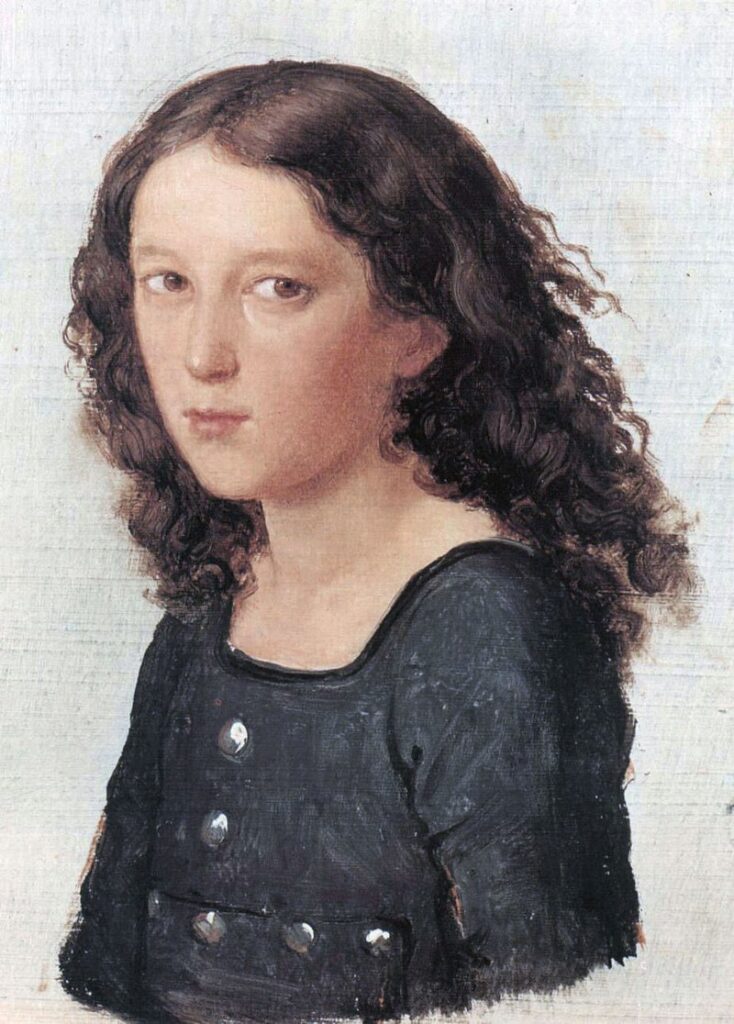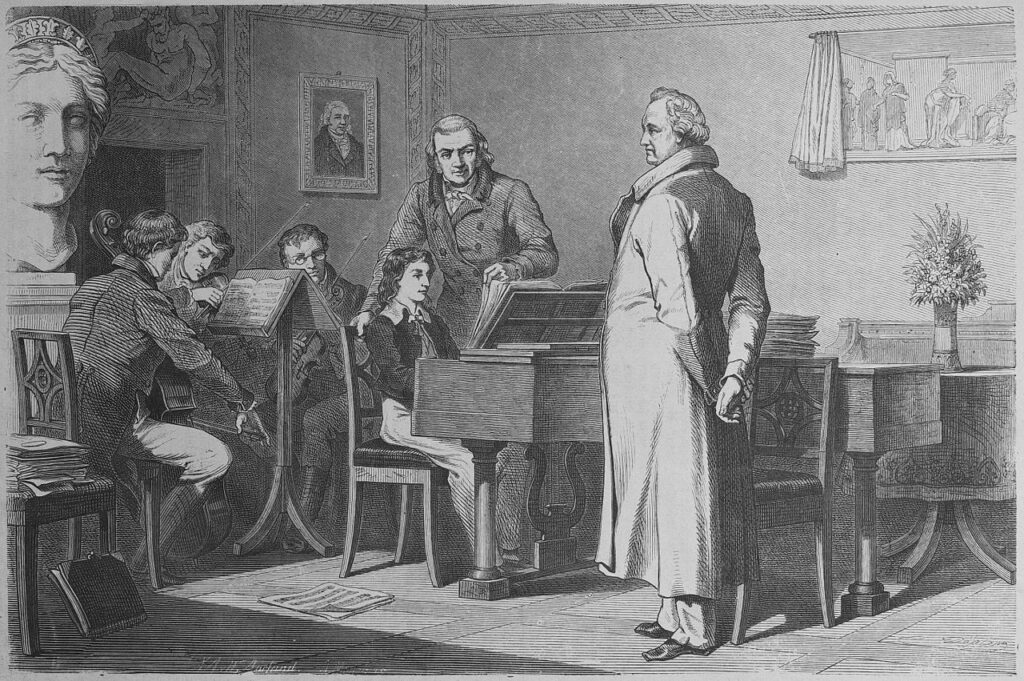Mendelssohn, A Midsummer Night’s Dream

Felix Mendelssohn (1809-1847) was a classicist and promoter of Baroque music who built on the Romantic ideal of using literary forms and other extra-musical material for his inspiration. He shared with Mozart the fate of being an astonishing child prodigy and dying at a young age.
His classicism can be seen in his early works such as the string symphonies and his early Violin Concerto in D Minor composed in 1822, parts of which could easily be mistaken for Mozart’s music. Mendelssohn also receives much of the credit for reviving interest in the music of J. S. Bach when in 1829 he conducted and helped organize the first public performance of the St. Matthew Passion since Bach’s death 69 years earlier. Mendelssohn’s music often turns to the contrapuntal style of Bach and Handel, as in his Preludes and Fugues for organ for example.

Mendelssohn embraced the interests that shaped his generation—ideas that we call German Romanticism. He was a keen advocate of the revival of Shakespeare and had a literary and personal connection with Europe’s leading writer at the turn of the 19th century: Johann von Goethe. At the age of 12, Mendelssohn famously had met Goethe, who was then 70 years old, and the two formed a close friendship. Mendelssohn would visit Goethe in Weimar frequently and play for him.
The Overture to A Midsummer Night’s Dream premiered in 1827 when Mendelssohn was just 18. Seventeen years later, he added 13 more movements to accompany the play based largely on themes from the overture. The overture (op. 21) was then incorporated into the incidental music (op. 61). Mendelssohn’s music for A Midsummer Night’s Dream still is regarded as one the most significant works of “incidental music” (music to enhance a staged performance) ever composed.
The movements include purely instrumental pieces that sounded between the scenes (intermezzos) as well as pieces with text that fit into certain parts of the drama. The instrumental numbers are often performed together as a suite in concert settings.
The performance featured here follows that pattern, although it does include one number with text as its third movement (Lied mit Chor, or “Song with Choir”). The numbering (odd-numbers only) you will see reflects the omitted sections. Chances are you may recognize some of the movements, especially the Wedding March (No. 9).
A complete searchable list of the Friday Performance Picks is now available here.



